Mercury
Near the end of 2012 the MESSENGER spacecraft imaged 100% of Mercury after 2 years in orbit. There is a new joint mission to Mercury planned for August 2015 called BepiColumbo
Artists concept of MESSENGER and Mercury
The real thing
Hovnatanian crater
Venus
I don't think a lot of people realize that in 1975 the Soviets sent a spacecraft that successfully landed and returned pictures from the surface of Venus. This was the Venera 9 mission, and there would be a few more after that. The landers don't last long since the temperatures are so extreme and the atmospheric pressure 84 times the pressure we experience at sea level on Earth! Venus is what happens when the greenhouse effect due to atmospheric CO2 goes wild.
Artists concept of Venera 14 on the surface of Venus.
Venera 9 (1975)
Venera 13 (1982)
There have also been several orbiters, including the Magellan, which captured the whole of Venus when it arrived there in 1990 using radar to image the surface through the thick layer of cloud.
Fun fact: one day on Venus is longer than a year on Venus.
Mars
I'm going to skip this one, just because there have been so many missions, and with such fanfare. I want to get to other lesser-known planets and moons.
Here's a good link: http://mars.jpl.nasa.gov/
You may have heard of the launch MAVEN on November 18. This will be a orbiting mission due to arrive at Mars on September 22, 2014. It will study the atmosphere.
Jupiter
There were several flybys of Jupiter before The Galileo became the first to enter its orbit in 1995. As part of the mission a probe was even sent down into the atmosphere. The Juno spacecraft was launched in 2011 and is due to arrive in 2016; one of the plans is to determine if the gas giant has a rocky core, as opposed to molten I guess.
Pioneer 10 (1973)
Cassini (2000). You can see Jupiter's famous red spot, as well as the moon Io.
Cassini (2001): Io next to Jupiter. It's actually as far from its planet as our moon is from us!
Europa
This moon of Jupiter has everyone all giddy and enamored. It's atmosphere is mostly oxygen, and many speculate that an ocean lies beneath it's thick layer of ice which covers the entire surface. Is there life under there? So far there have only been a couple flybys in addition to the Galileo, but there are a few very ambitious missions planned for the future, including drilling through the ice to drop a submersible in. But that's a long way off, in the foreseeable future the European Space Agency plans to launch the JUICE mission in 2022 to study the Jovian moons. It would arrive in 2030, and during flybys of Europa will be the first to measure the thickness of the moon's ice and find the best areas for a future landing.
Galileo
Saturn
Early missions to Saturn included Pioneer 11 and the Voyager probes in the late 1970's and early 1980's. These were flyby missions, but the Cassini mission, launched in 1997, is the go-to mission for study on Saturn along with some really amazing pictures. Cassini was inserted into the orbit of Saturn in 2004 and is still active today. It carried with it the Huygens probe which successfully landed on Saturn's moon Titan.
Early missions to Saturn included Pioneer 11 and the Voyager probes in the late 1970's and early 1980's. These were flyby missions, but the Cassini mission, launched in 1997, is the go-to mission for study on Saturn along with some really amazing pictures. Cassini was inserted into the orbit of Saturn in 2004 and is still active today. It carried with it the Huygens probe which successfully landed on Saturn's moon Titan.
It's incredible how they execute these missions swinging around other planets to gain momentum and hitting upon a precise trajectory towards the goal.
Crazy fucking awesome. I'll give you one guess what that blue light is (you can also see its only moon)
This is a mosaic of over 300 pictures taken by Cassini while the Sun was directly on the other side of Saturn.
Gravitational disturbances in the rings due to the presence of a moon
This is Saturn's North pole hurricane in false color to emphasize depth
Titan
Moon of Saturn, most famous for having pretty Earth-like features; lakes and rivers, for instance. But these lakes are liquid methane. Cassini gets close every once in a while as it orbits Saturn, and in 2005 it released the Huygens probe to land on Titan. There was a really cool landing mission planned, called TiME (Titan Mare Explorer), but NASA decided to instead go to Mars again. TiME would have landed a probe on one of Titan's seas to figure out what's its made of and to study the shoreline. I dare say something like that will be done eventually.
Proposed TiME lander
Ligeia Mare: 2nd largest known body of liquid on Titan
The so-called Nile river of Titan
A patched together panorama of a Titan shoreline taken by the Huygens probe during its landing
A recreation of the Titan landing using the hundreds of photos taken by the Huygens probe as it descended.
So far only the Voyager probes have flown by Uranus - Voyager II even discovered 3 of its moons.
Neptune
Again, only the Voyager spacecraft have visited Neptune, while on their way out of the solar system. In 1989 the first images of the gas giant were taken.
Voyager also swung by Neptune's largest moon Triton, the only moon in the solar system known to have a retrograde orbit in that it orbits in the opposite direction of its planets rotation.
Pluto
There are no good pictures of Pluto yet. Being so far out (at its closest it is over 4 billion km from Earth), so small, and reflecting so little of the Suns light, it is very difficult for the Hubble to resolve it.
But in 2006 New Horizons was launched, beginning its 9 1/2 year trip to Pluto. It will be very interesting to see Pluto and its moon Charon, so remember, 2015. After that New Horizons is going to scope out the Kuiper Belt.
Sharpest image of Pluto ever taken from Earth





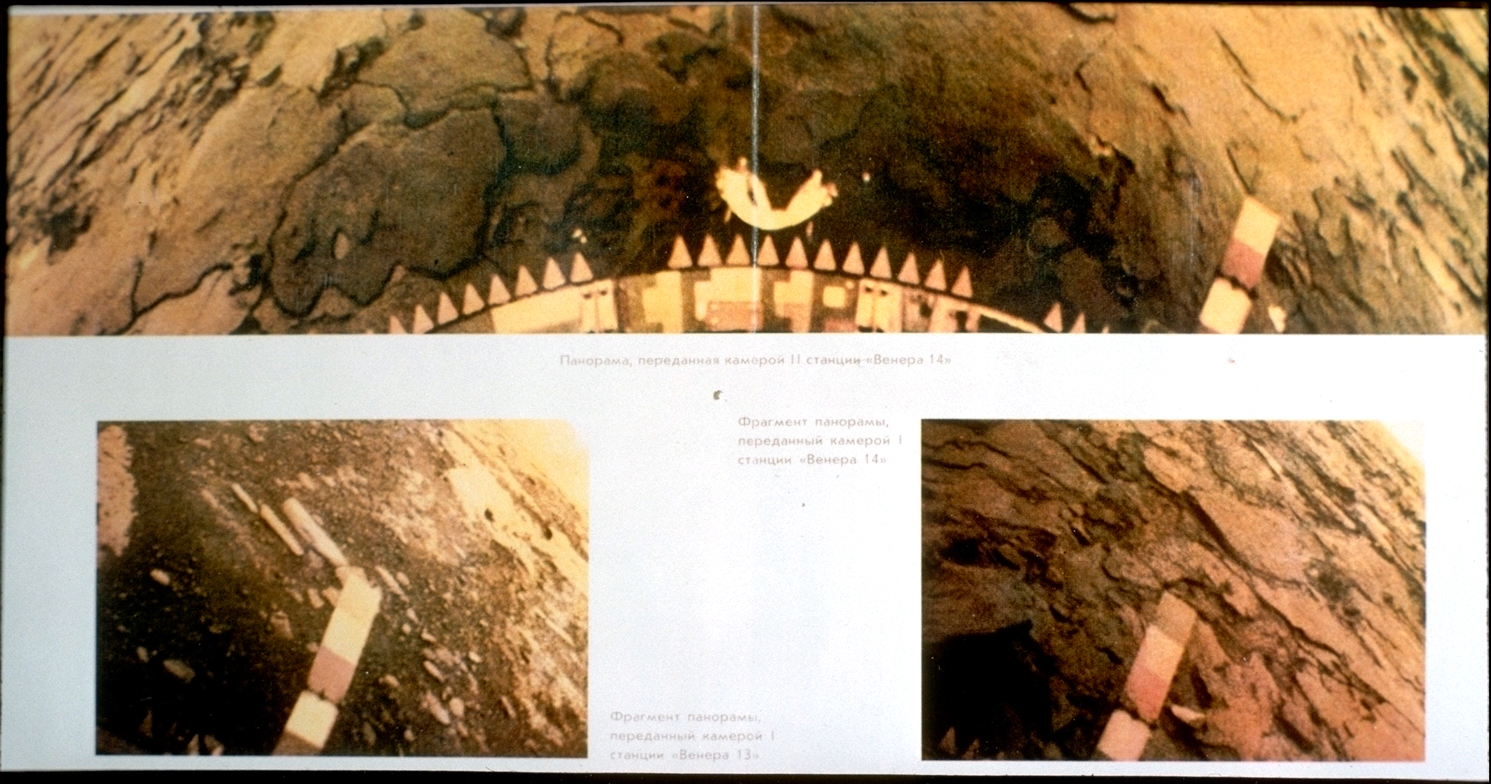

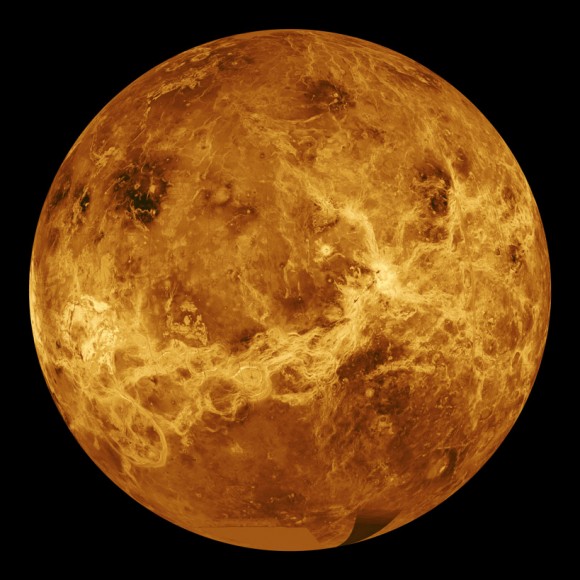
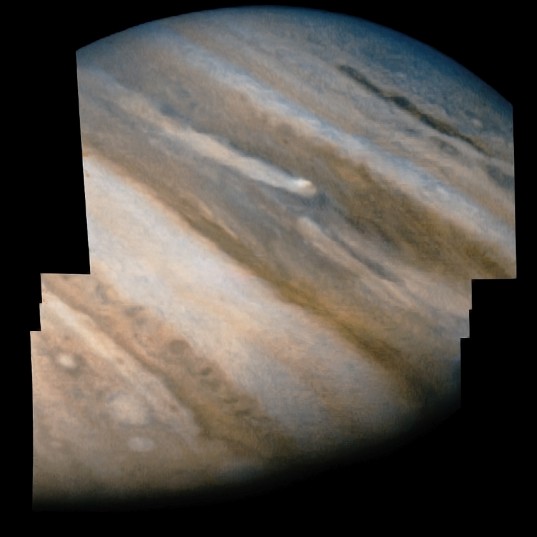















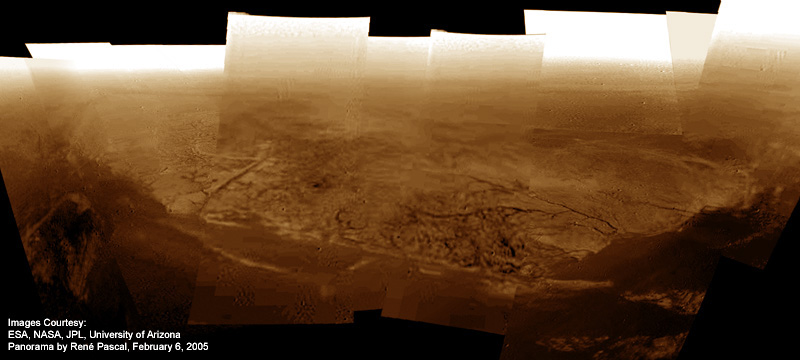





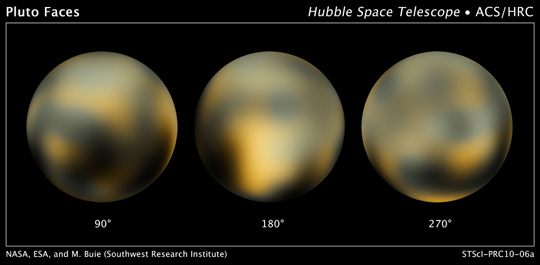
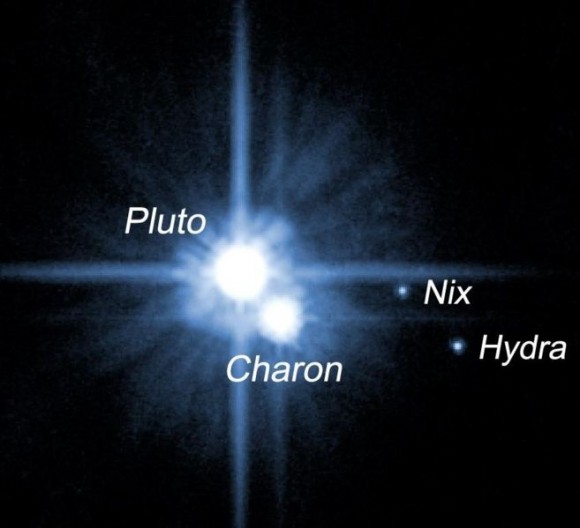

No comments:
Post a Comment